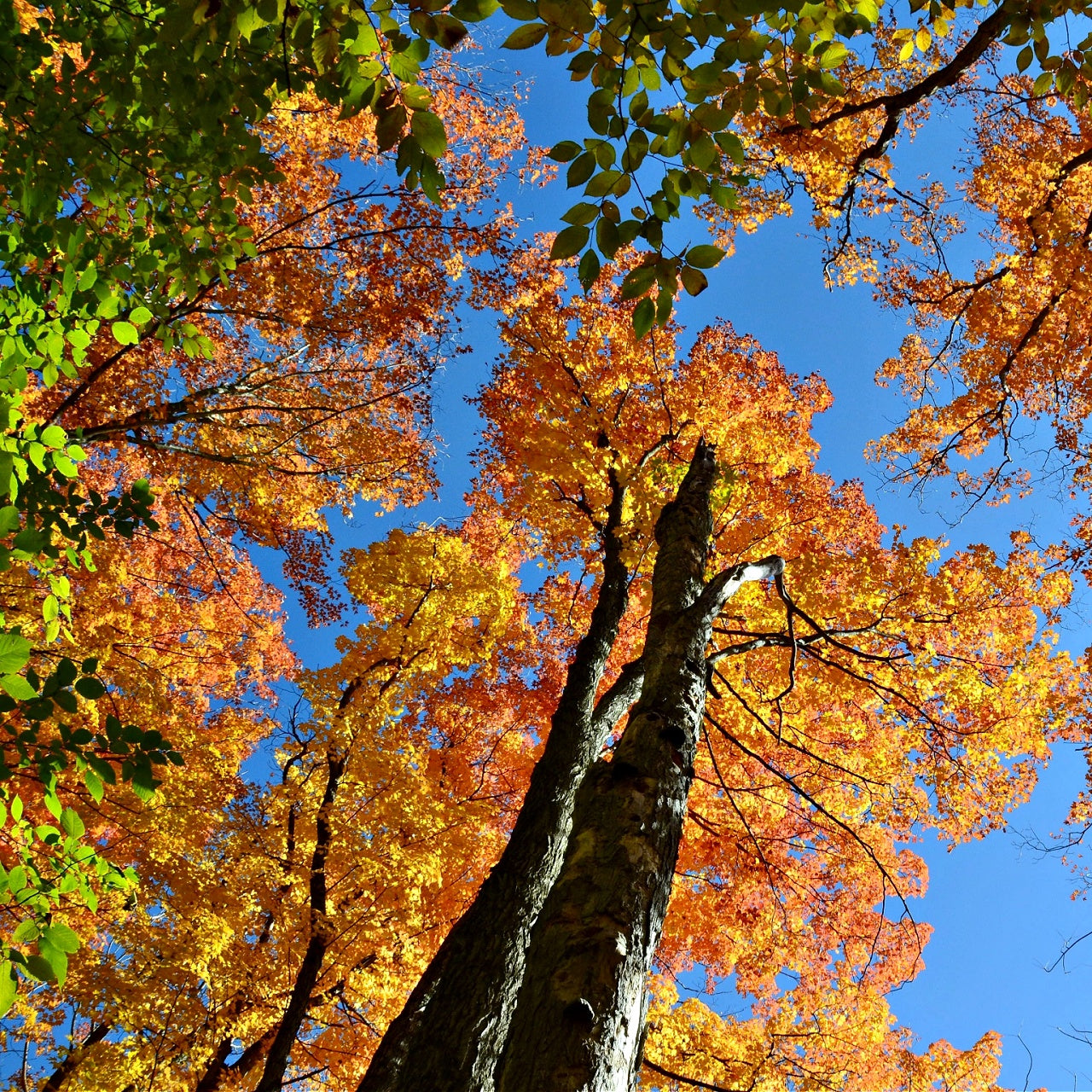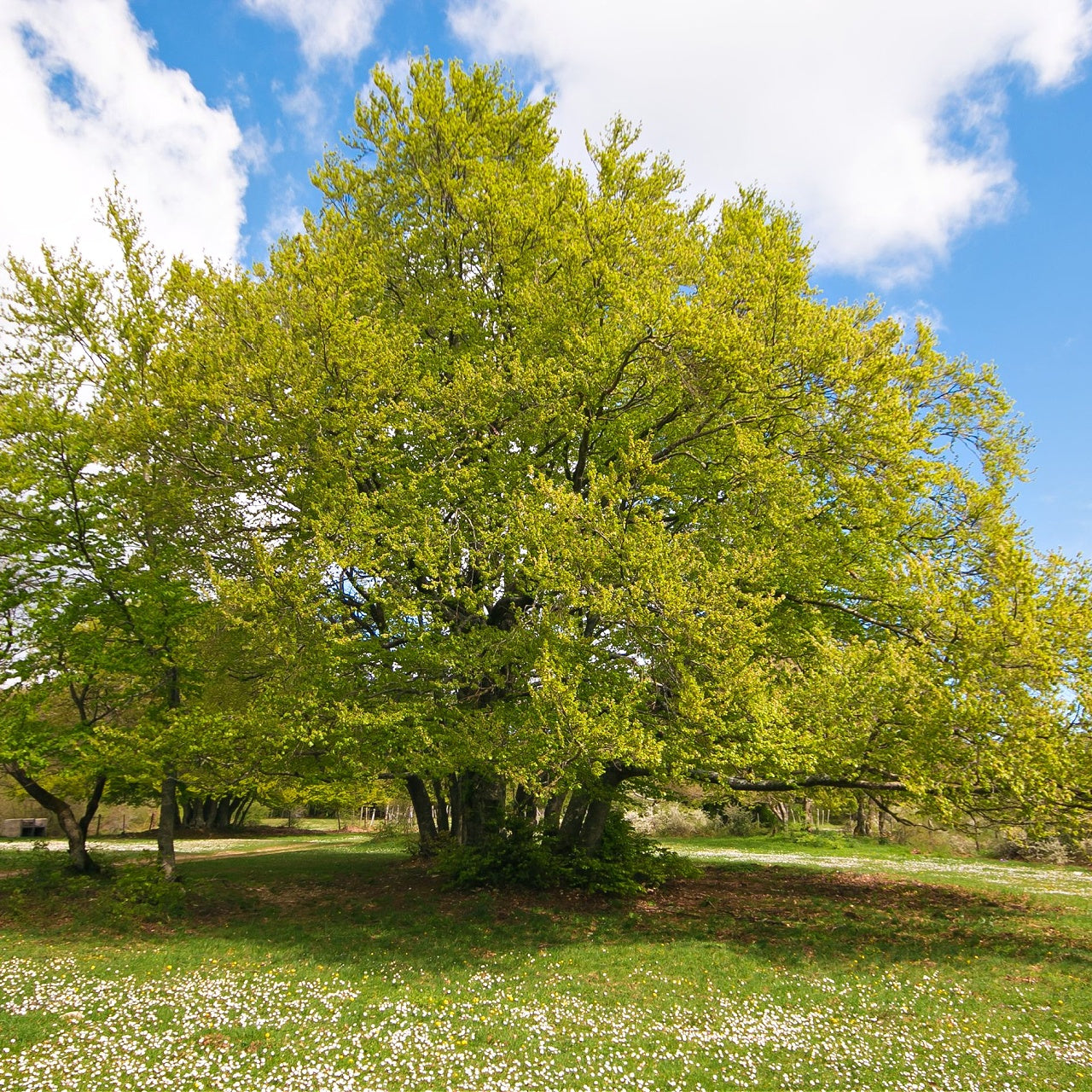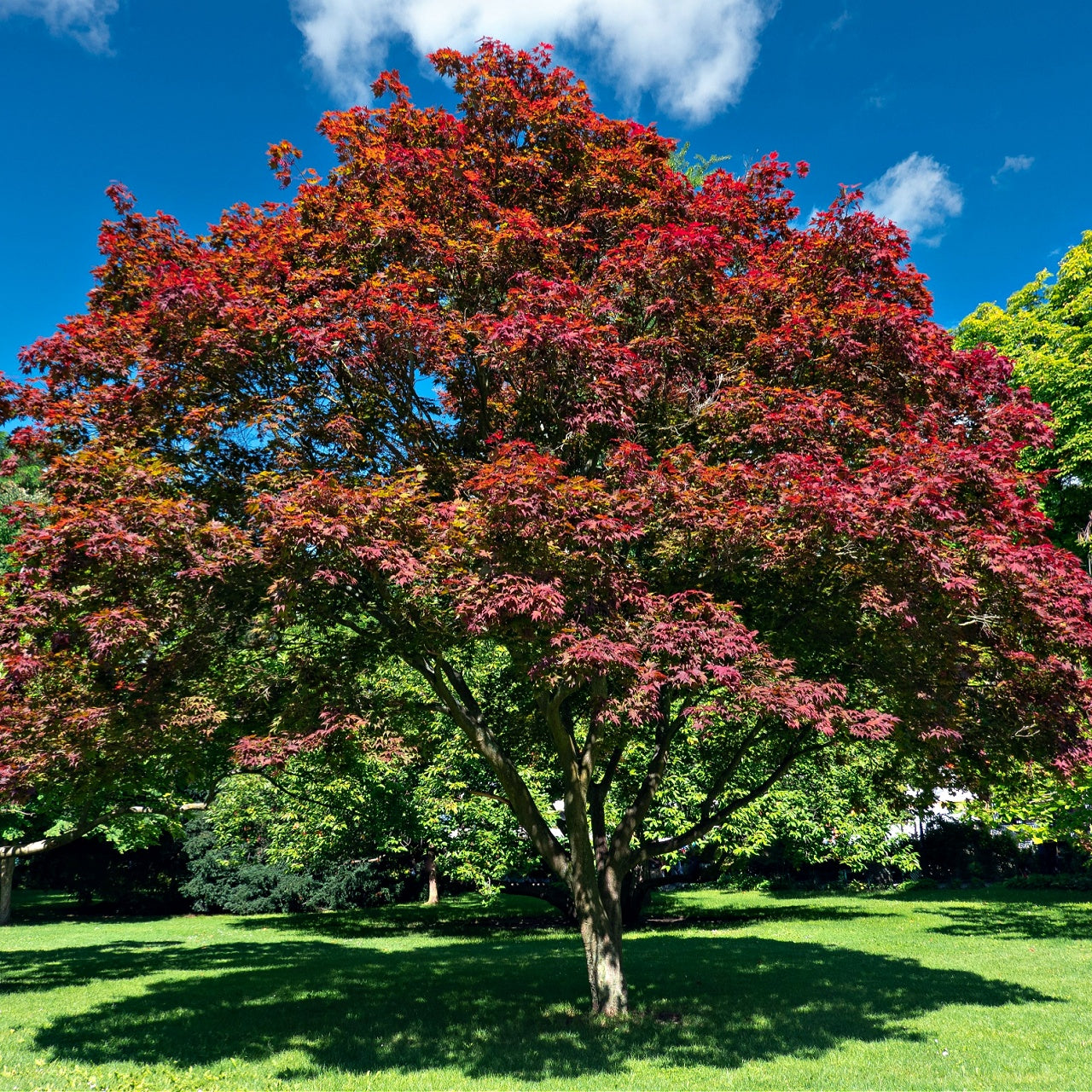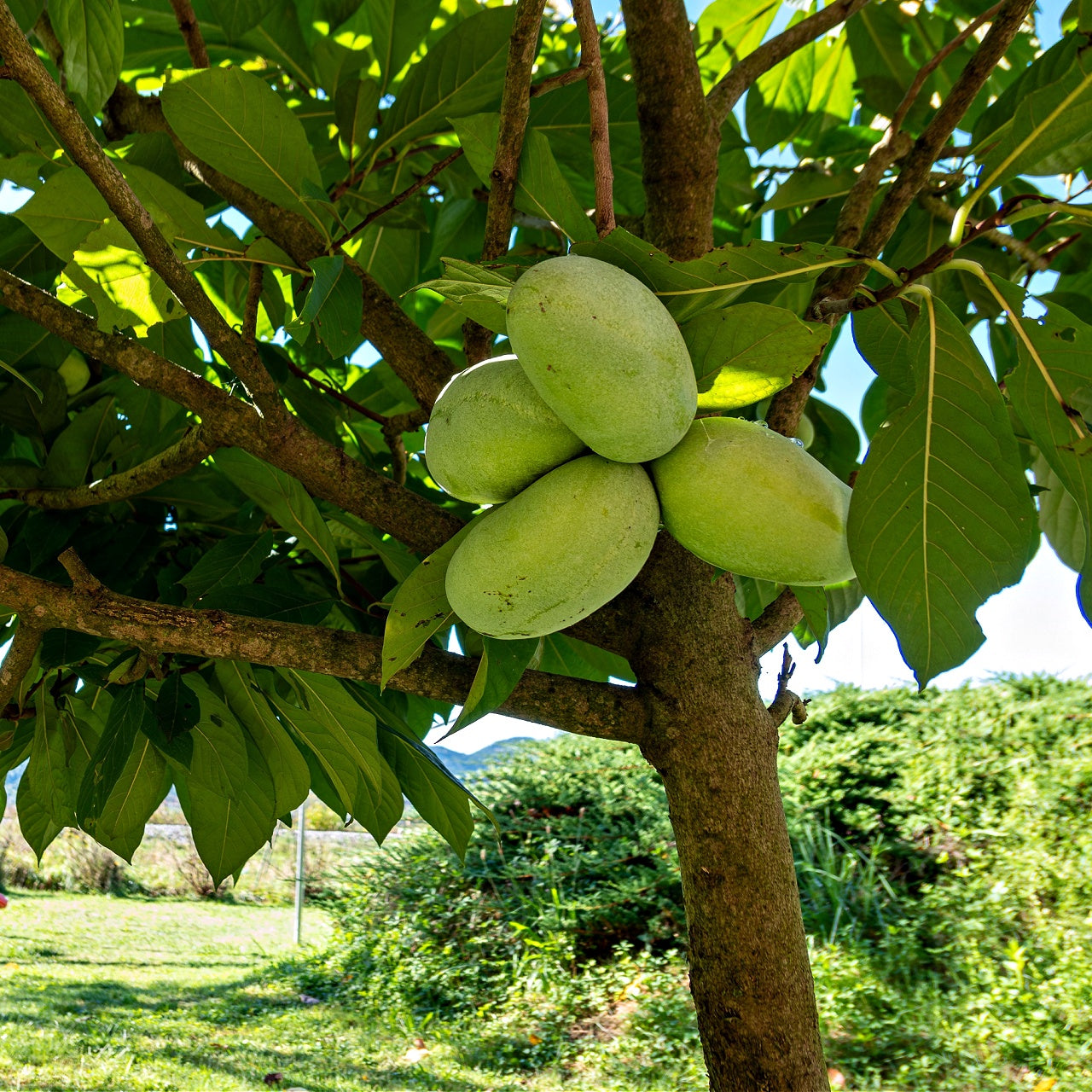
Self-Seeders in Your Garden
Self-Seeders in Your Garden
Nature's Quiet Revolution in the Garden
Gardeners experience joy when new seedlings emerge from the earth because they represent hope and anticipation for the upcoming growing season. The magical experience of witnessing plants emerge unexpectedly and sustain themselves in your garden every year with little human help creates a sense of wonder. Self-seeder plants use an innovative survival mechanism to spread their seeds across their environment, which helps future generations thrive without additional effort. The propagation method of these plants looks simple but hides a deep complexity within their life cycle. For centuries, gardeners and horticulturists have marveled at self-seeders because they understand that even plain plants can profoundly influence a garden's personality and toughness. As sustainable gardening becomes more valued today, self-seeders are examples of nature's ability to regenerate itself with minimal external intervention. These plants naturally seed themselves where they fall to the ground, reducing manual work for gardeners and increasing species diversity across garden spaces. Self-seeders demonstrate how aesthetic beauty and environmental utility work together to reveal the symbiotic relationship between natural growth patterns and intentional gardening practices.
What Are Self-Seeders?
Self-seeding plants reproduce naturally through seed dispersal at their growth cycle's conclusion, which generates new plants without the gardener's assistance. Seeds drop onto the nearby ground when flowers fade away, or pods dry out. These seeds sprout and establish roots when provided with enough warmth, moisture, and light, which leads to seedlings that mature into plants over time. Species with natural regeneration processes differ from those that require human intervention for propagation because the latter need precise collection, storage, and controlled sowing. Self-seeding plants vary widely, including hardy annuals such as calendulas and poppies, which bloom each spring, and perennials like hellebores, which spread seeds continuously yearly. Certain species have seeds that can survive in the soil for long durations, whereas others seem to disappear entirely before returning when environmental conditions become favorable. The ability of these plants to adapt to different conditions demonstrates their role as essential elements of a functioning ecosystem rather than simple gardening curiosities. In small urban spaces and extensive rural gardens, self-seeding plants can create a dynamic visual display that matures through the seasons without needing continuous attention.

Advantages and Challenges of Self-Seeders
Self-seeders significantly benefit by minimizing the manual effort required for replanting or reseeding garden areas. Gardeners can use natural processes that handle planting work instead of manually replanting the exact flowers or vegetables annually. The efficiency of self-seeding plants saves gardeners money by eliminating the need for new seeds or seedlings while simultaneously creating a harmonious relationship between the gardener and their garden. Additionally, self-seeders can promote biodiversity. When plants distribute seeds into various locations, they form small ecological niches supporting the growth and survival of insects, microorganisms, and beneficial pollinating creatures. The natural distribution of seeds leads to enhanced pollination activity across multiple plant species and strengthens environmental stability. The independent nature of self-seeders leads to numerous challenges that gardeners must address. Self-seeded plants frequently appear in locations that may not be suitable for growth. Self-seeded plants can grow in cramped areas where they fight for nutrients with other plants or appear in places that spoil the garden's visual harmony. Self-seeders attract independent gardeners, but this trait can create a fascinating type of organized chaos. Gardeners manage self-seeding plants by removing unwanted seedlings and preserving those that fit their design plan or serve specific functions. The gardener successfully mixes self-seeding advantages with their vision for an orderly garden design.
Tips for Encouraging Self-Seeding in Your Garden
Your green space will successfully integrate self-seeders when you create conditions that enable natural seed dispersal and successful germination. Healthy soil is key. Well-draining soil with abundant organic matter creates ideal conditions for seeds to establish themselves while obtaining nutrients that promote quick growth. Applying moderate irrigation helps preserve essential germination moisture levels while preventing seed decay. Gardeners sometimes opt to let some spent flowers remain on plants instead of removing them. This technique permits seeds to develop ultimately before they fall to the earth, which prepares the way for new offspring. Slight modifications to the soil through light raking enhance seed-to-soil contact, which helps seeds lodge and grow. Patience is essential. Self-seeding plants remain dormant until environmental conditions trigger their germination process. A gardener must avoid excessive tidying or disrupting areas where seeds might germinate. Allowing seedlings to grow strengthens the ongoing process, making self-seeders highly rewarding. Maintaining a yearly plant appearance log in specific locations benefits garden management. The plants do not require this practice, but it allows gardeners to retain a comprehensive plan when they add new plants or reorganize current elements.
Self-seeders consistently demonstrate their tenacious survival abilities and adaptability with each new growing season. These plants create spontaneous beauty when they emerge between paving stones or gather near mature trees in the landscape. These plants demonstrate nature's inherent cycles that link us to its patterns while showing how life can thrive in unpredictable situations. These resilient plants serve as a source of inspiration, especially in areas where extreme weather conditions threaten more vulnerable species. Self-sufficiency makes these plants useful for rewilding projects and meadow gardens and their role in informal cottage borders. Each new seedling and flower color variation that emerges annually demonstrates the ever-changing essence of gardening. Your garden transforms alongside self-seeding plants that become active partners in growth rather than needing constant attention. Self-seeders enhance our ability to synchronize with nature's natural patterns. When plants self-seed without intervention, gardeners adopt a more laid-back approach where the garden becomes an interactive ecosystem instead of a rigidly controlled space. These steadfast plants demonstrate gardens represent a space where deliberate design and unexpected natural occurrences combine. When you manage your garden by combining intentional plantings with unplanned self-seeding, you will notice that your garden becomes both an expression of your personal touch and nature's relentless force.






